The potential is clear.
Speaking at the 1st Congress of the Ho Chi Minh City Party Committee for the 2025-2030 term, General Secretary To Lam emphasized the need to develop Ho Chi Minh City into a leading economic , financial, technological and service center in Southeast Asia and Asia, a major hub for international logistics and smart, modern and sustainable development.

The General Secretary pointed out that the most important task is to complete the planning, re-architect the development space according to the multi-polar - integrated - connected thinking, operate according to the multi-center governance model to reasonably allocate resources and improve operational efficiency. This is a new issue, of decisive significance, the more delayed the city is, the more it loses the opportunity to develop.
According to Chairman of the Ho Chi Minh City People's Committee Nguyen Van Duoc, to achieve that goal, along with re-planning the development space, the city has determined to mobilize all investment resources to build a synchronous, civilized, and modern infrastructure system with the orientation of forming "3 regions - 1 special zone", including the capital region for high-tech industrial development; the region for marine economic development, marine tourism , clean energy, logistics; the core urban region, high-tech development, services, and international finance.
Con Dao alone becomes a special green island tourism zone and service economy of the city. Along with that, the city optimizes the sharing of comparative advantages of each area to become a multi-center urban area, developing along 3 corridors with 5 pillars including industrial center, logistics, international financial center, tourism and cultural industry, education - health - science and technology center. With the new spatial development planning orientation, it shows that the development potential of Ho Chi Minh City is very large. However, the current institution has not kept up with the scale of development, causing many advantages of each region to not be properly exploited.
Looking at the three regions as a whole, it is easy to see that the biggest bottleneck today is not the lack of resources, but the lack of an institutional framework suitable for the structure of a mega-city. The three regions have three different plans, three different sets of investment standards and three different management approaches. This leads to planning conflicts, infrastructure delays and resource dispersion, while the new development model requires absolute unity.
According to Dr. Tran Du Lich, Chairman of the Council for the Implementation of Resolution 98, in order for the three regions to develop synchronously, Ho Chi Minh City should attract strategic investors, partners who not only contribute capital but also bring technology, management and global market connections. These are factors that shape a new growth model, create a high-productivity production and service chain and enhance the five economic pillars of the interconnected space throughout Ho Chi Minh City.
Delegate mechanisms and assign responsibilities
According to many experts, Ho Chi Minh City is entering a phase of dual transformation, which is green transformation in the digital space and competition to attract the world's leading technology corporations. To win in this fierce "race", the mechanism must be competitive enough and create an ecosystem for domestic small and medium enterprises to participate in the value chain.
After 2 years of implementing Resolution 98, Dr. Tran Du Lich assessed that Resolution 98 has brought many positive results, especially in economic recovery after the Covid-19 pandemic and created a foundation for the development phase in the new space of Ho Chi Minh City. When the city was expanded to more than 6,700km 2 , with a population of about 14 million people, contributing nearly 1/4 of the country's GDP, many mechanisms in Resolution 98 were no longer sufficient, some were even "legalized", losing their pilot nature. Therefore, Ho Chi Minh City must have a stronger, systematic set of mechanisms, sufficient to operate a newly merged megacity.
From in-depth analysis of potentials, advantages and challenges, experts proposed that the draft resolution of the National Assembly amending and supplementing Resolution 98 must address the "institutional bottleneck". Proposals to expand planning authority, shorten investment procedures, add industries to attract strategic investors, allow land acquisition preparation, TOD mechanism, establish Free Trade Zones, increase authority for the People's Committee and People's Council of Ho Chi Minh City... all aim at the common goal: creating an institutional "coat" appropriate to the scale of 1 megacity - 3 regions - 1 special zone.
Ho Chi Minh City is shouldering the national responsibility, but the current legal system is no longer suitable; the city has not been granted full autonomy, and must ask for permission for many decisions. To achieve the growth target of 10%-11%/year for the period 2025-2030, the city needs to mobilize 8 million billion VND of social investment capital, while all capital sources have stagnated and the initial budget is limited. The city does not ask for more money or incentives, but only asks to be granted institutional autonomy, the right to create resources and create motivation, and to be responsible for development to share the results with the country.
Phan Duc Hieu, member of the National Assembly's Economic and Financial Committee, also analyzed that if Ho Chi Minh City wants to operate smoothly in a unified space, the policies included in the revised Resolution 98 cannot be just individual mechanisms as before. The city needs comprehensively designed, highly integrated "policy packages" to solve systemic bottlenecks, especially in land and institutions. In particular, land is the clearest example of the need for a regional mechanism. The central government should only allocate 5 large groups of land indicators, while Ho Chi Minh City must proactively allocate the remaining proportions to create flexibility for the entire interconnected space. With a unified urban area, the current "piecemeal" and detailed land planning will cause each locality to continue to "do its own thing", failing to create a common driving force...
When Ho Chi Minh City is given a strong enough mechanism, the responsibility placed on its shoulders is also commensurate: a serving government, transparent operation, quick disbursement, unified planning and thoroughly eliminating the "ask-give" mindset. As Chairman of the Ho Chi Minh City People's Committee Nguyen Van Duoc emphasized, this is the time for the city to be "self-reliant, self-reliant, think big, do big", because only then will the unified space truly become a giant growth engine for Ho Chi Minh City and the whole country.
Amending and supplementing Resolution 98 to clear "bottlenecks"
According to the Ho Chi Minh City People's Committee, to realize the goals in the next 5 years, Ho Chi Minh City is expected to need to mobilize an additional 8-12 billion USD each year. However, the budget resources allocated for the city's development investment in the period 2026-2030 can only meet about 30% of the demand, not enough to lead socio-economic development if there are no effective solutions to mobilize capital sources outside the state budget.
To attract non-budgetary investment, Ho Chi Minh City builds and implements strategic projects of sufficient scale, breakthroughs, and influence. These must be key infrastructure projects, environmental treatment projects, high-tech projects, urban projects, mixed-use projects, and tourism and resort services. At the same time, attract and select strategic investors with real capacity, with clear criteria on equity, technology, management capacity, and commitment to sustainable development.
Currently, the policies on resource mobilization and use in Resolution 98 as well as current regulations to maximize potential and strengths, especially policies to attract strategic investors, still need a superior legal framework to implement and resolve bottlenecks in Ho Chi Minh City. This is an urgent issue for Ho Chi Minh City in the coming period. Amending and supplementing Resolution 98 to resolve existing problems, contributing to realizing the double-digit growth target from 2026 and helping the city have enough capacity to play the leading role in the new period.
The Ministry of Finance also stated that amending and supplementing a number of articles of Resolution 98 to clear "bottlenecks", attract investment, create breakthroughs, develop faster, more sustainably, have a greater influence in the Southeast region, and contribute more to the economic growth rate of the whole country is necessary and consistent with the goals set by the Politburo in Resolution No. 31-NQ/TW and Resolution No. 24-NQ/TW.
Source: https://www.sggp.org.vn/hoan-thien-khung-the-che-de-tphcm-but-pha-bai-3-tao-suc-bat-toan-vung-post825644.html


![[Photo] Prime Minister Pham Minh Chinh chairs the 15th meeting of the Central Emulation and Reward Council](/_next/image?url=https%3A%2F%2Fvphoto.vietnam.vn%2Fthumb%2F1200x675%2Fvietnam%2Fresource%2FIMAGE%2F2025%2F11%2F27%2F1764245150205_dsc-1922-jpg.webp&w=3840&q=75)


![[Photo] President Luong Cuong attends the 50th Anniversary of Laos National Day](/_next/image?url=https%3A%2F%2Fvphoto.vietnam.vn%2Fthumb%2F1200x675%2Fvietnam%2Fresource%2FIMAGE%2F2025%2F11%2F27%2F1764225638930_ndo_br_1-jpg.webp&w=3840&q=75)


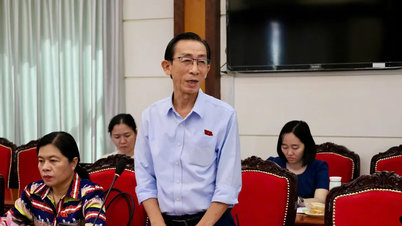
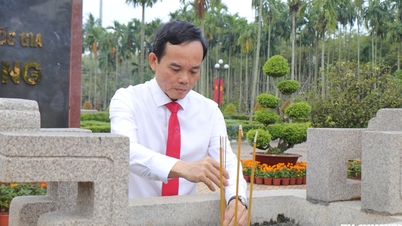

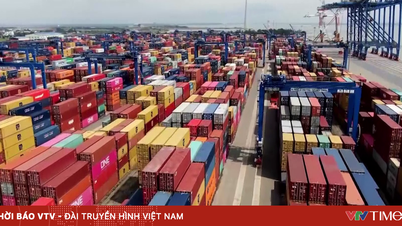

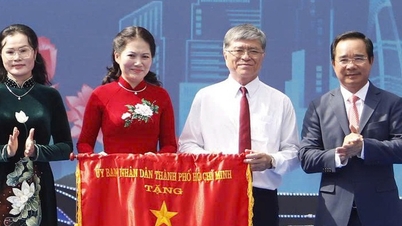

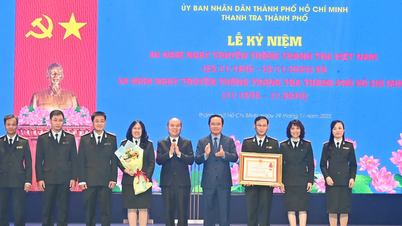
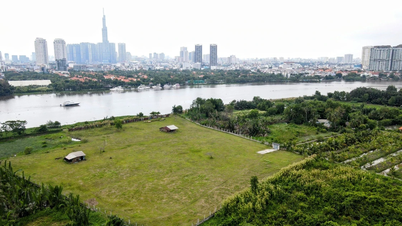

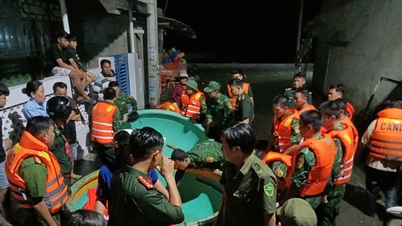

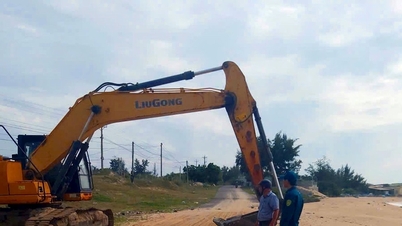


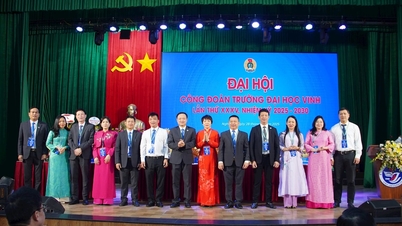

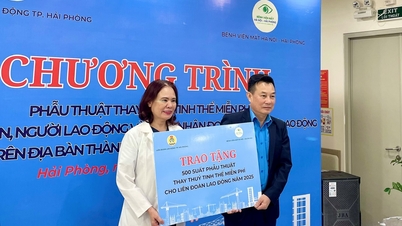

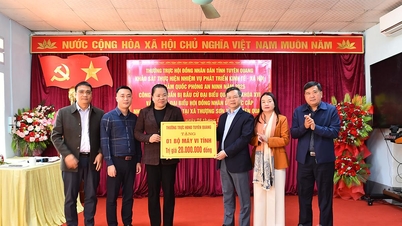






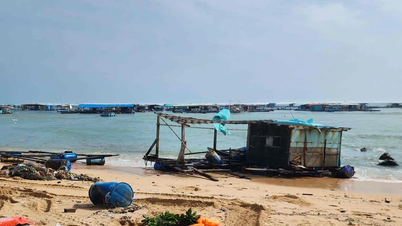



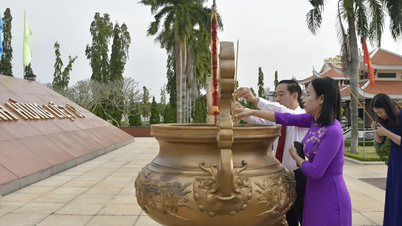
















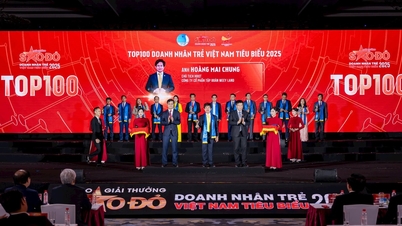


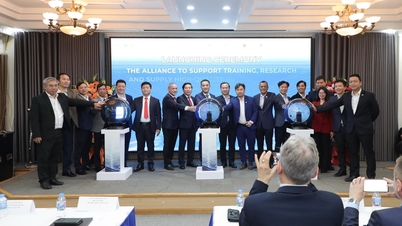





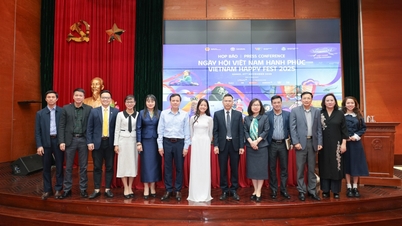





















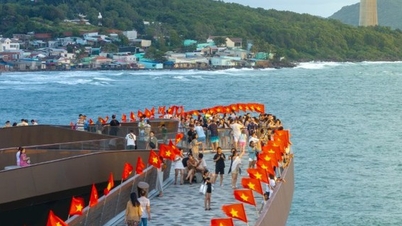

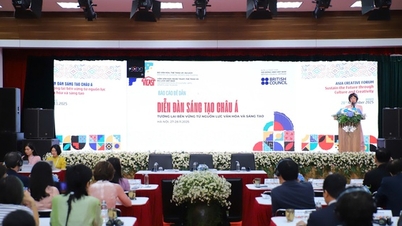
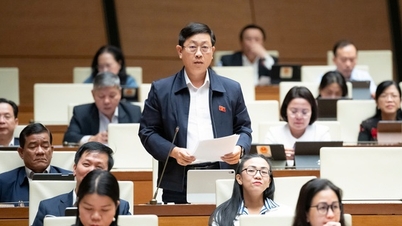
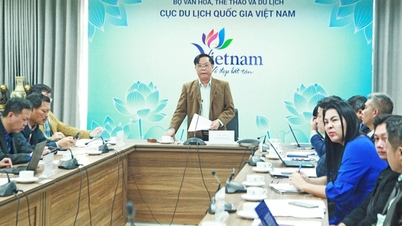



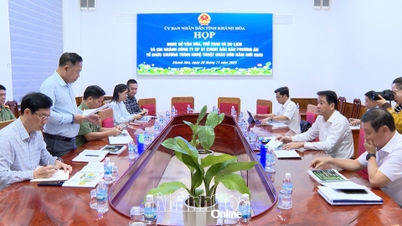


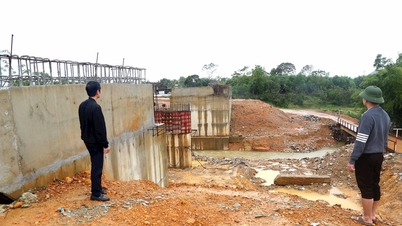













Comment (0)